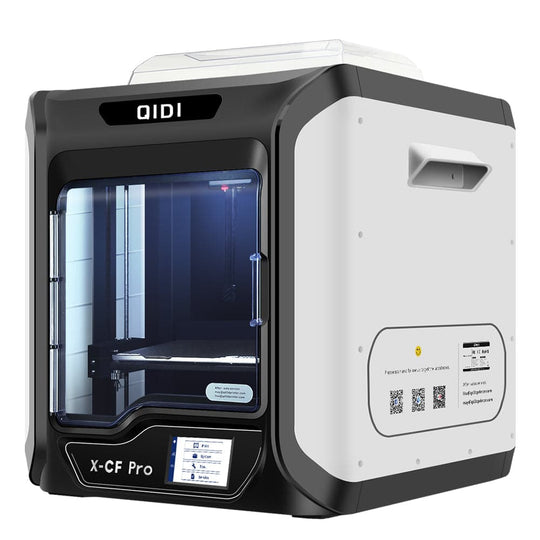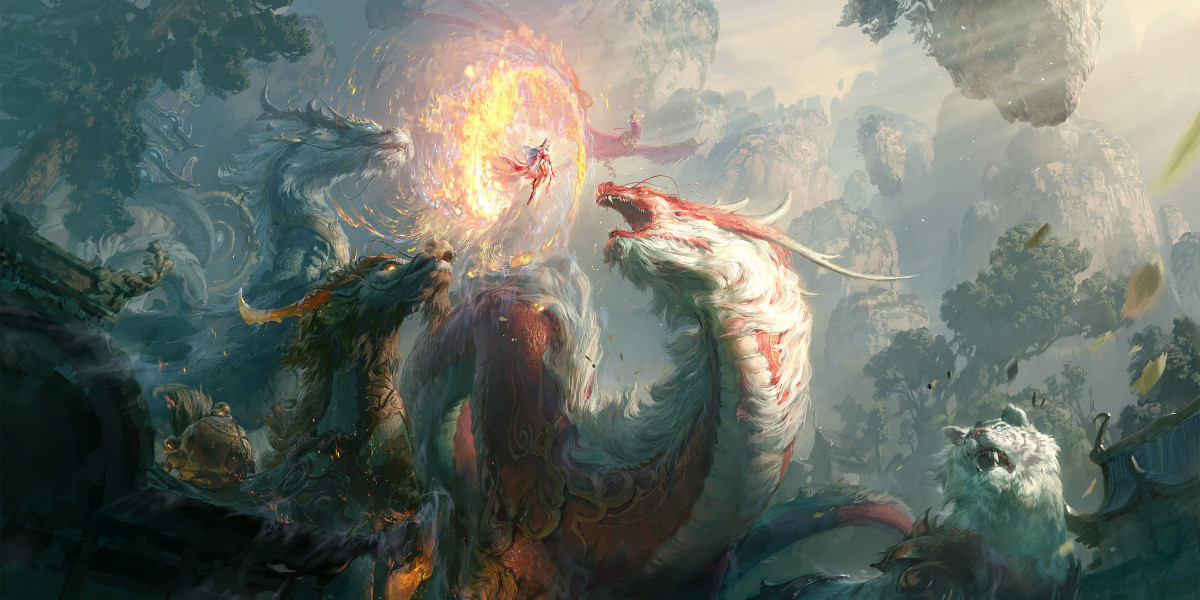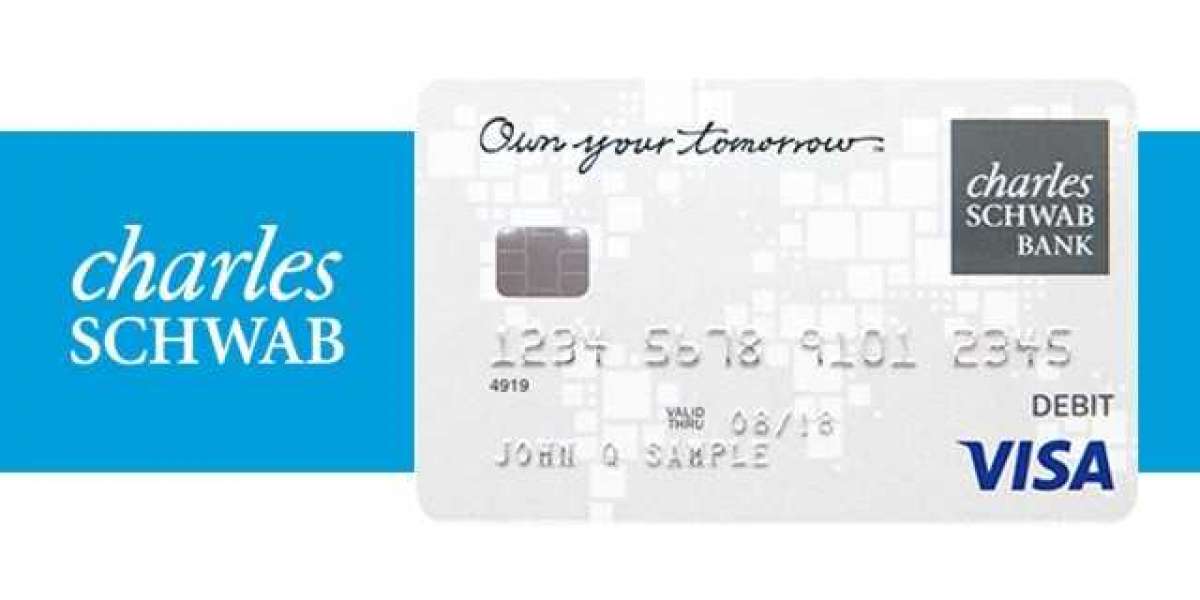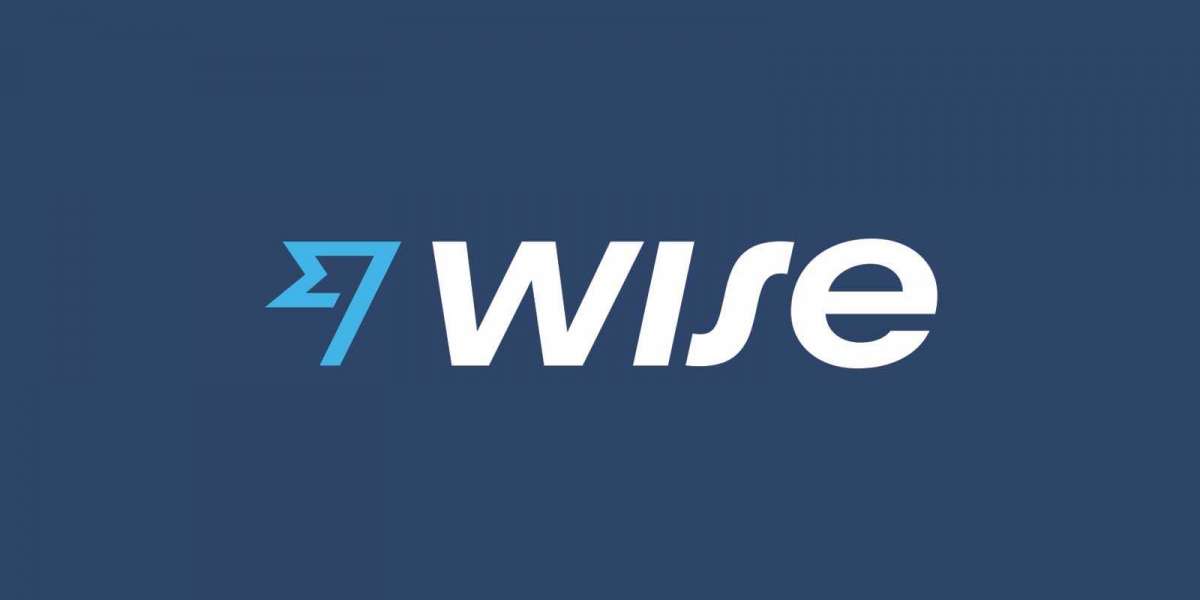Unlock Your Creativity: Discover the Game-Changing World of FDM Printers!
Fused Deposition Modeling (FDM) printing technology has revolutionized the 3D printing industry, making it more accessible and user-friendly for creators and hobbyists alike. This innovative technology allows users to transform digital designs into tangible objects with remarkable precision and detail. In this article, we will explore the significance of FDM printers, delving into their benefits, features, applications, and starting tips. By the end, you will have a comprehensive understanding of FDM printing that can inspire you to embark on your creative journey.

Understanding FDM Printing Technology
FDM printing, or Fused Deposition Modeling, is a widely used 3D printing technology that works by melting thermoplastic filament and extruding it layer by layer to create a three-dimensional object. The process begins with the filament being fed through a heated nozzle, where it is melted and deposited onto a build plate. As the material cools, it solidifies, allowing subsequent layers to be added on top of one another to form the final product. Common materials used in FDM printing include PLA (Polylactic Acid), ABS (Acrylonitrile Butadiene Styrene), and PETG (Polyethylene Terephthalate Glycol). These materials offer various properties, such as strength, flexibility, and ease of use, catering to diverse applications across different fields, from prototyping to art and design.
Benefits of Using FDM Printers
One of the most significant advantages of FDM printers is their affordability. Compared to other types of 3D printers, FDM printers are often more budget-friendly, making them accessible to a wider audience. Additionally, the ease of use associated with FDM technology allows even beginners to start printing with minimal learning curve. Users can quickly set up their printers, load materials, and begin creating without extensive technical knowledge. The versatility of FDM printers is another noteworthy benefit; they can produce a wide range of objects, from functional prototypes to intricate artistic pieces. This flexibility opens up countless opportunities for creativity and innovation, making FDM printers an excellent investment for both personal and professional use.
Key Features to Look for in FDM Printers
When considering the purchase of an FDM printer, several key features should be taken into account. First and foremost is the build volume, which determines the maximum size of the objects you can print. A larger build volume allows for more extensive projects, while a smaller one may restrict your creativity. Print speed is also crucial; faster printers can produce objects in less time, enhancing efficiency, especially for larger projects. Layer resolution is another important factor, as it affects the level of detail and smoothness of the finished print. Finally, compatibility with different materials is essential for versatility; being able to work with various filament types expands the potential applications of your printer. Evaluating these features will help you find an FDM printer that best suits your needs.
Popular Applications of FDM Printing
FDM printing has found its place in numerous fields, showcasing its versatility and usefulness. One of the most common applications is rapid prototyping, where designers can quickly create functional models to test concepts and designs before moving to production. In educational settings, FDM printers are increasingly used as teaching tools, allowing students to engage with design and engineering principles hands-on. Additionally, artists and hobbyists are leveraging FDM printing to create unique sculptures, custom figurines, and intricate designs that would be challenging to achieve through traditional methods. The possibilities are vast, and the only limit is one's imagination, making FDM printing an exciting avenue for exploration and innovation.
Tips for Getting Started with FDM Printing
For those new to FDM printing, getting started can be a rewarding experience with the right guidance. First, it’s essential to choose the right materials; beginners may find PLA to be the most forgiving filament, as it adheres well and is easy to work with. Setting up the printer correctly is also vital; ensure the build plate is level and the nozzle is clean to avoid any printing issues. Familiarize yourself with slicing software, which converts 3D models into instructions for the printer, and experiment with different settings to achieve the best results. Lastly, don’t hesitate to troubleshoot common issues, like adhesion problems or stringing, by consulting online communities where experienced users share tips and solutions. With a little patience and practice, you'll be well on your way to creating impressive 3D prints.
Unlocking Creativity Through FDM Printing
FDM printers stand at the forefront of 3D printing technology, offering an accessible and versatile means for individuals to express their creativity. From understanding the fundamentals of FDM printing to exploring its applications and features, this article has provided a well-rounded overview of what makes FDM printers a valuable tool for both enthusiasts and professionals. Whether you're looking to create prototypes, educational projects, or artistic expressions, FDM printing has the potential to unlock new dimensions of creativity. So why not dive into the world of 3D printing and see where your imagination can take you?








